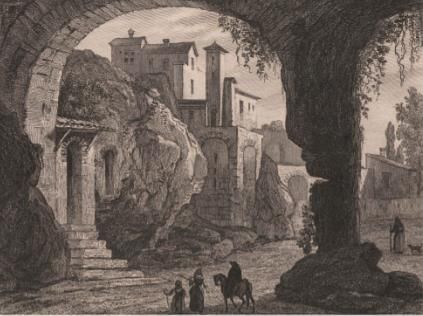Year 6 Exam > Year 6 Notes > History for Year 6 > Crime and Punishment in Ancient Rome
Crime and Punishment in Ancient Rome | History for Year 6 PDF Download
Life Under Roman Rule
- The Roman Empire existed from approximately 700 BC to 476 AD.
- At its peak, under Emperor Trajan in 117 AD, Rome governed over 45 million people across regions in Europe, North Africa, and Asia.
- The Roman army was the most formidable globally. As it conquered new territories, the city of Rome transformed from a small town into a vast capital.
- With a population exceeding one million, Rome was a filthy and perilous environment, characterized by winding alleyways and slums.
- Many crimes similar to those today, such as murder and theft, were prevalent.
- The Roman Empire had numerous slaves as well as free citizens, who were treated differently under the law.
- The Roman legal and punishment systems influenced many laws still practiced today.
- Wearing the color purple was illegal unless one was extremely wealthy!
Was There a Roman Police Force?
- During Roman times, there was no formal police force, but a group known as the Vigiles existed.
- Approximately 7,000 Vigiles managed crimes like theft and pursued runaway enslaved people. They also served as a fire-fighting unit.
- If the Vigiles were unable to handle larger disturbances, such as riots, they would summon the Roman guards for assistance.
- In cases where the Emperor's safety was threatened, the Praetorian Guard, tasked with his protection, would intervene.
- The Roman deity of Justice was called Justitia, depicted holding the scales of justice.

How did the Romans punish people?
- The Roman authorities designed punishments to serve as deterrents against potential offenders.
- The nature of the punishment often depended on the individual’s social standing and position within Roman society.
- Common punishments included whipping and fines.
- Prisoners might have wooden shoes placed on their feet, making escape challenging.
- An enslaved person could be forced to wear a wooden sign around their neck, detailing their crime.
- Severe crimes could lead to execution methods such as crucifixion, being thrown from a cliff, drowning, or even being buried alive. Crucifixion was typically reserved for serious offenses, such as revolts against the empire.
- Over time, Roman punishments became increasingly brutal.

The document Crime and Punishment in Ancient Rome | History for Year 6 is a part of the Year 6 Course History for Year 6.
All you need of Year 6 at this link: Year 6
|
3 videos|63 docs
|
FAQs on Crime and Punishment in Ancient Rome - History for Year 6
| 1. What types of crimes were common in Ancient Rome? |  |
Ans. In Ancient Rome, common crimes included theft, robbery, murder, and fraud. Public order offenses such as bribery and corruption were also significant, given the political power struggles of the time. Additionally, crimes against the state, like treason, were severely punished.
| 2. How were criminals punished in Ancient Rome? |  |
Ans. Punishments in Ancient Rome varied widely depending on the crime and the social status of the offender. Minor offenses could lead to fines or public humiliation, while serious crimes could result in execution, exile, or forced labor. Gladiatorial combat and imprisonment were also common forms of punishment.
| 3. What role did the Roman Senate play in crime and punishment? |  |
Ans. The Roman Senate had significant influence over laws and punishments. They enacted laws that defined crimes and set penalties. The Senate could also intervene in high-profile cases, especially those involving political figures, to ensure that justice aligned with their interests.
| 4. Were there any specific laws in Ancient Rome regarding theft? |  |
Ans. Yes, Ancient Rome had specific laws regarding theft, known as the Lex Julia de Vi Publica and the Lex Cornelia de Sicariis et Veneficis. These laws outlined various forms of theft and their corresponding punishments, which could range from fines to capital punishment, depending on the severity of the crime.
| 5. How did social class affect punishment in Ancient Rome? |  |
Ans. Social class significantly affected punishment in Ancient Rome. Elite citizens often received more lenient sentences, such as exile or fines, while lower-class individuals faced harsher penalties, including torture or execution. This disparity reflected the social hierarchy and the value placed on different citizens in Roman society.
Related Searches
















